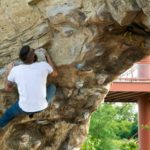Are you struggling with climbing crimpy routes but are not sure what you are doing wrong? Don’t dwell on it! This has happened to the best of us. With a little hard work and the right advice, you will be able to climb those higher-grade routes with smaller crevices and fewer foot supports like a whiz.
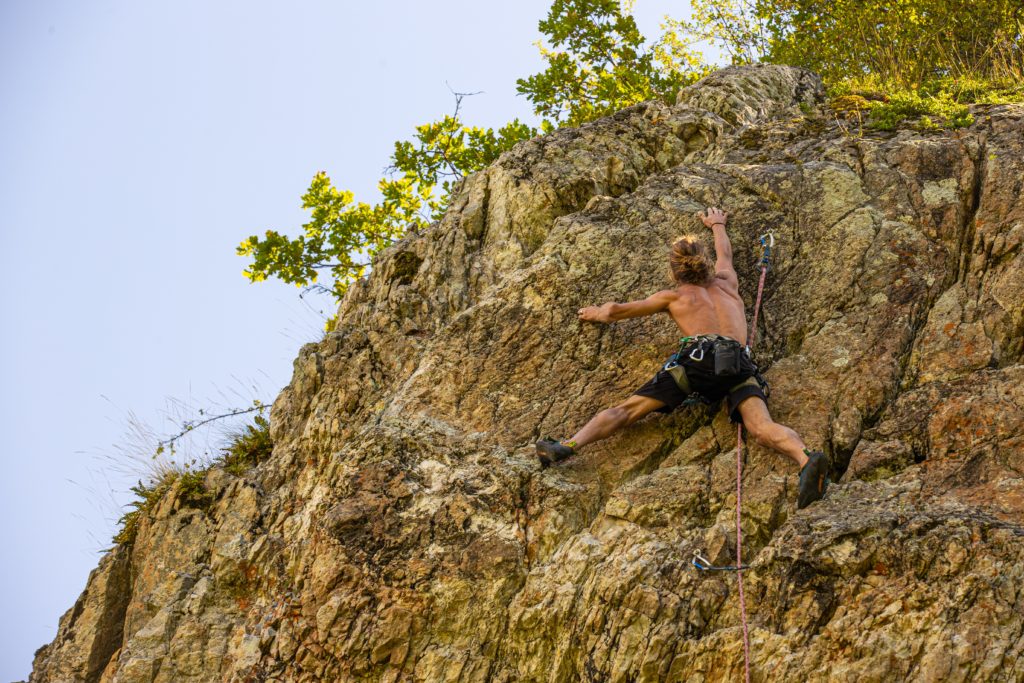
So, what exactly do you need to climb crimpy routes? Before anything else, you must work on your technique and ingrain it such that it becomes second nature to you. Proper technique will take you much further than a vice grip and strong muscles. Of course, grip and muscle strength are important but spending time in the gym or cranking out lap after lap of climbing will not help you tick those higher-grade routes. You have to work on your technique instead of being hyper-focused on trying to get stronger.
Here are a few tried and tested tips that will help you beat the crimpy routes:
Accurate Foot Placements
Without proper footwork, you might be able to complete laps of climbing in indoor gyms, but you will not get away with it outdoors.
When it comes to climbing techniques, accurate foot placement is the most elemental factor. Know that if your foot game is strong, you have won half the battle. Your foot is the pivot that is holding you to the rock. Even if your hand slips, you will be able to prevent yourself from falling if your foot placement is right.
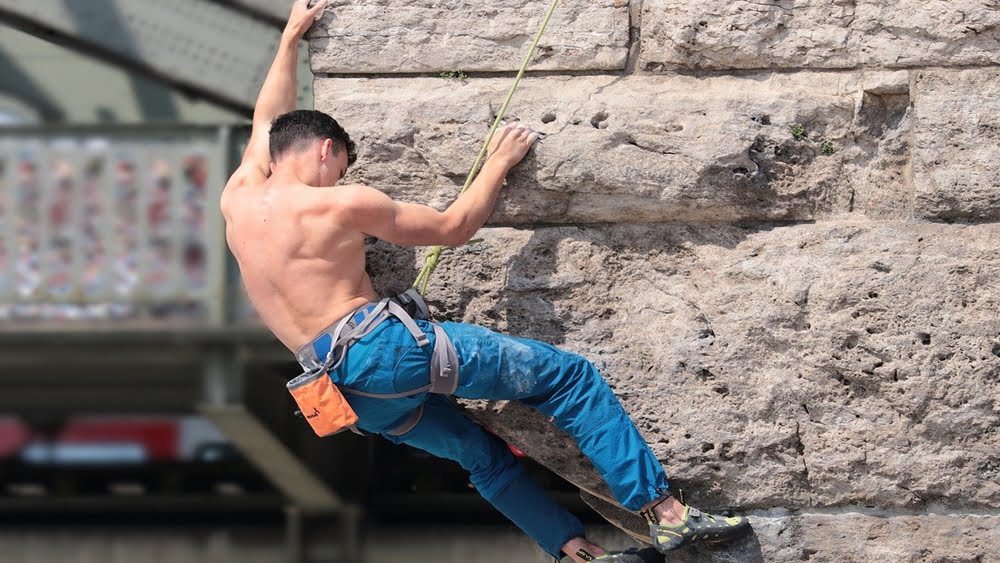
Since every outdoor route is different, before attempting to climb it, identify the footholds that you can use. While climbing use your eyes to maneuver your feet and keep your eye on the foothold. Remember that if your feet are making noise when climbing, you are doing it wrong. Once you have decided on foot placement, keep it there without readjusting it again and again. This does sound daunting, but it will only get better with practice.
Build Endurance
In addition to proper climbing techniques, endurance also plays a pivotal role when it comes to climbing crimpy routes. Most climbers believe that attempting to climb crimpy routes, again and again, will lead to increased endurance. It will not. This will only result in damaged tendons and ligaments.
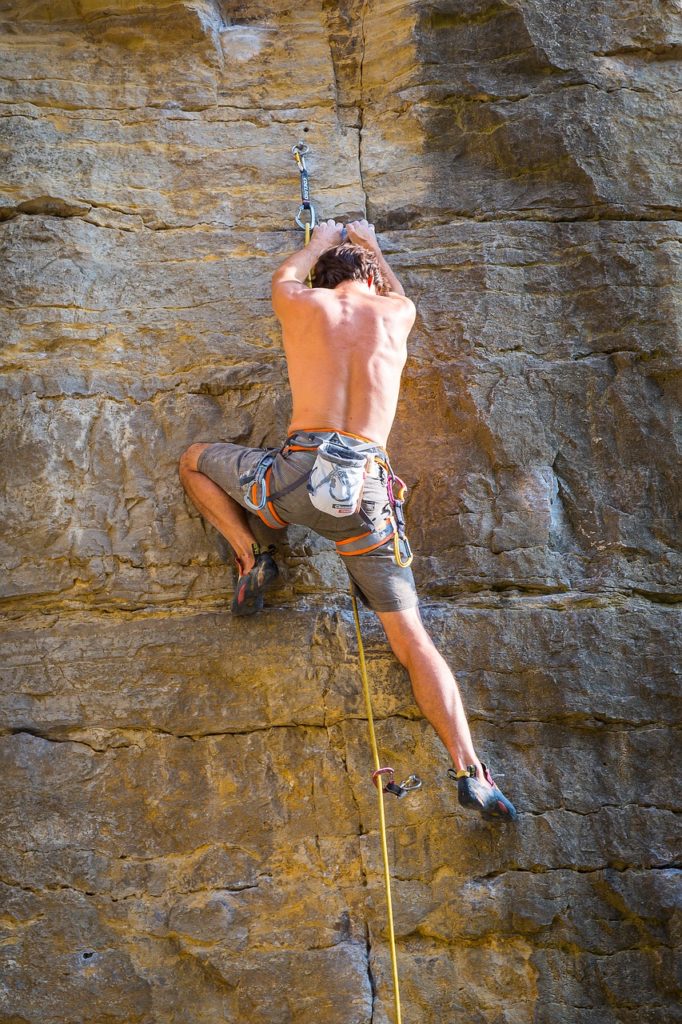
To build endurance, follow the ABC rule that means always be climbing. Your typical endurance training session should include at least 15 to 20 minutes of a warmup followed by climbing a few routes that are just below your maximum grade. While traversing, it is advised that you climb around 50 to 60 moves. If you are looking to develop more power endurance, try not to stop and take a rest while climbing.
Finger strength
Crimpy routes mean that there will be a lot of small deadly holds that you will not be able to move past if you don’t have ample finger strength. The best way to develop finger strength is using a hangboard, a.k.a., a climbing board. Most hangboards come with crimping hinges and crevices that allow you to train for the smaller holds using two or three fingers.
Even if you don’t have access to an indoor gym, you can train your fingers at home using a portable hangboard that can be easily mounted above a wide door in your house.
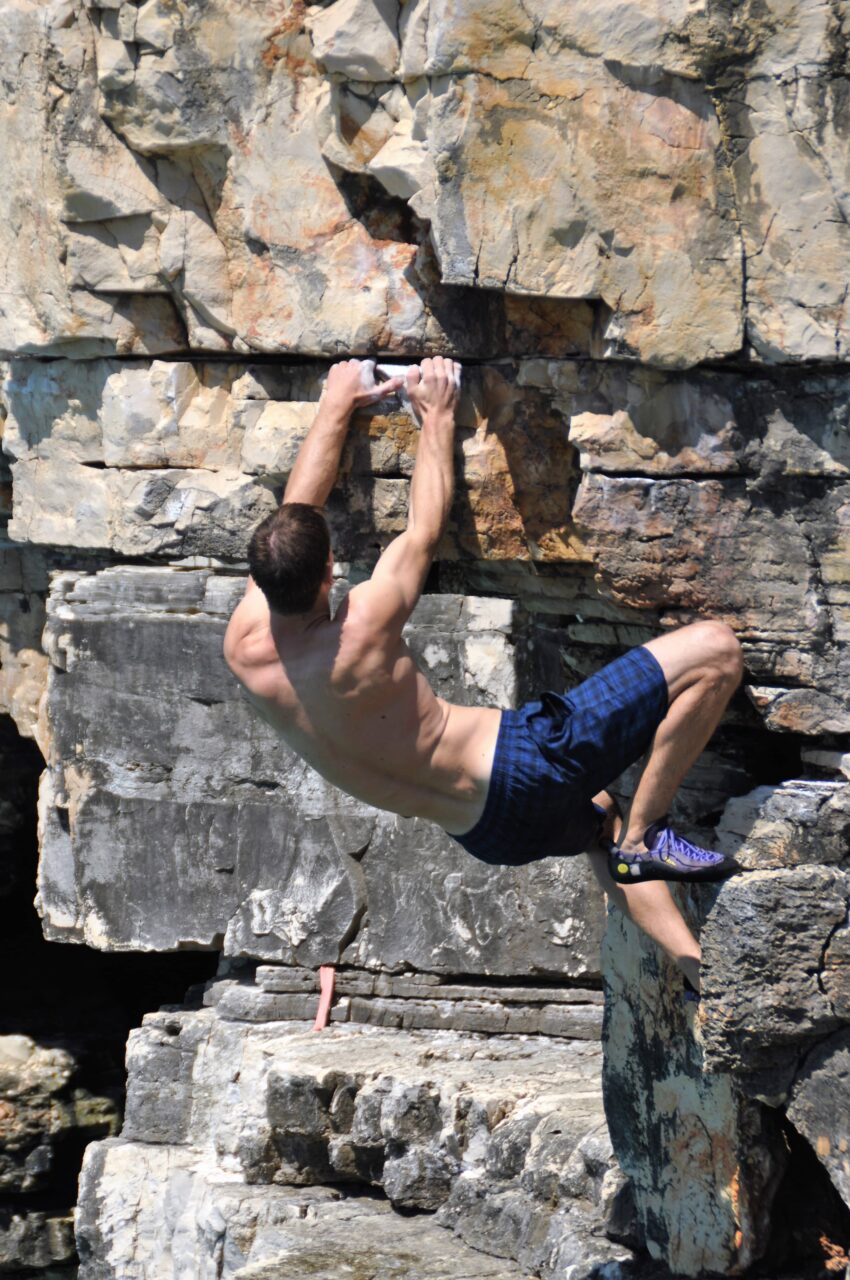
While training your fingers, remember not to overdo it, stop crimping before your fingers feel sore. Usually, climbers believe if you are not sore, you have not worked out enough. That is not true when it comes to developing finger strength. Just like to build muscle endurance, you have to climb routed below your maximum grade, for finger strength development, you have to stop hanging before your fingers feel sore. Moreover, it is imperative that you give your fingers at least 24 hours to recover before a hangboarding session.
On longer routes, it takes one hour for your finger recruitment to drop. For those who don’t know, recruitment is your ability to pull hard on small holds. Developing finger strength also helps you maintain recruitment.
Build your base
Before moving on to crimpy routes, take your time and master the technique on a relatively easier climbing route. This is also called redpointing. Experts believe redpointing is crucial to develop as a climber. It not only raises the overall standard of your climbing but also allows you to climb harder routes when onsighting.
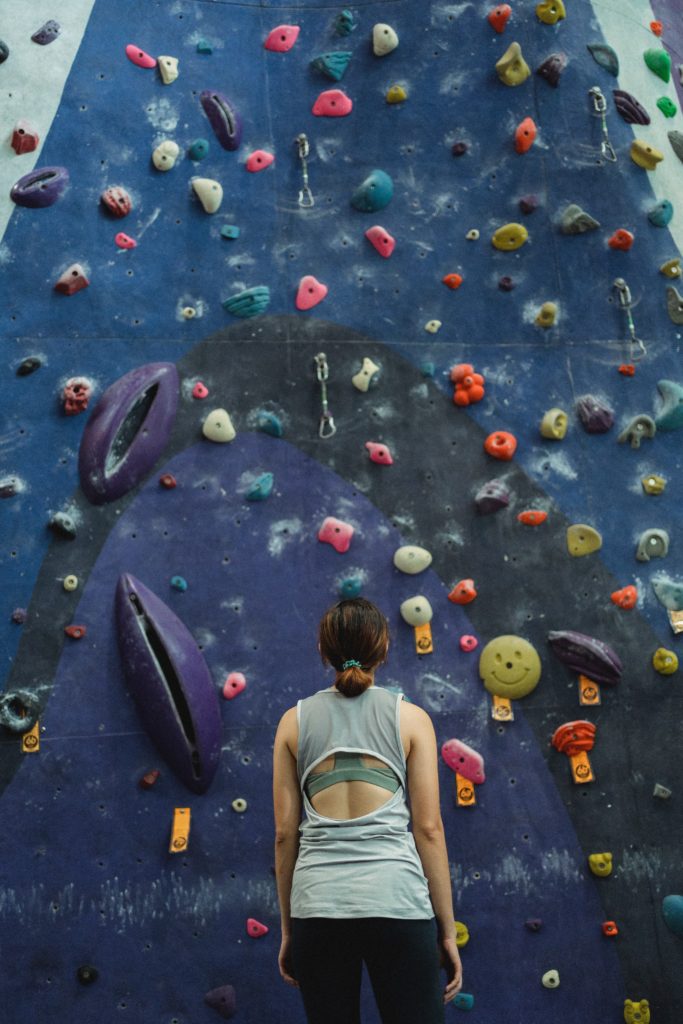
Don’t overload your digestive system
This is not common rock-climbing advice that you will hear. However, lunchtime slowdown is a real phenomenon. If your digestive tract is overloaded before you go for a climb, whether it is on an easy route or a crimpy one, will shut you down instantly. On days when you are climbing, it is better to take four to six smaller meals than one or two large ones. If you eat a full-fledged carb-loaded meal even a few hours before your climb lethargy will creep in preventing you from climbing at your maximum potential.
Don’t copy others (Bonus)
There are a lot of good climbers out there. However, what works for them might not work for you. When climbers are studying other climbers’ techniques, they usually forget to remember that there is no such thing as one perfect way to climb a route or problem. There are no hard and fast rules in climbing. A certain method of climbing may be efficient for another climber but not as efficient for you. Hence, you should focus on developing the right footwork, good muscle endurance, and steely fingers. Once you have these, you can develop your own style and technique keeping in mind all the bad practices.
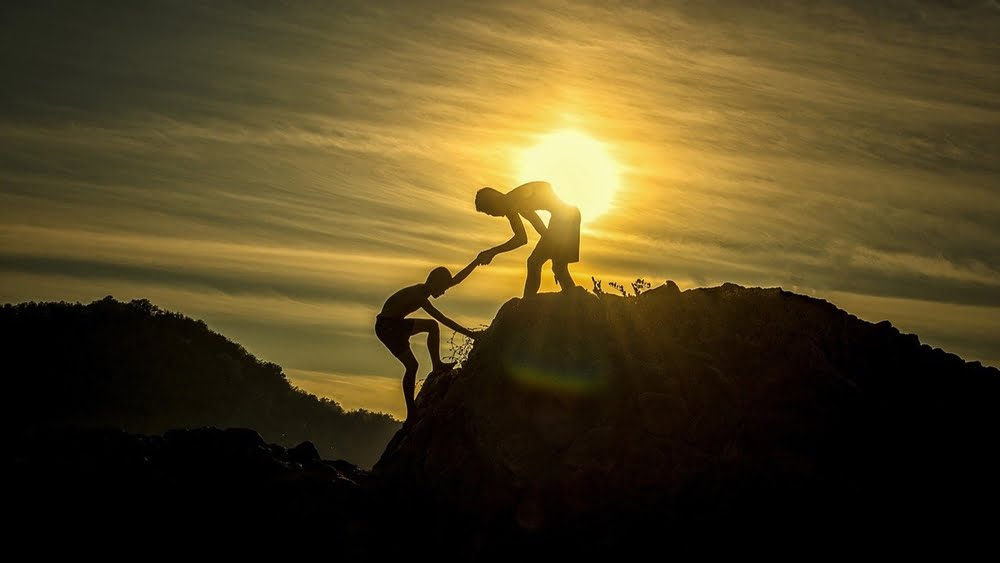
Conclusion
Developing the right body and right technique for climbing is not something that happens overnight. Hell! It doesn’t even happen over months. It might take you more than a year to get where you want to be. Rock climbing is a sport that tests your patience on all levels. However, the key lies in consistency. Climbing experts love using the phrase ‘Slow and steady wins the race’ since that is exactly how climbing works. All it requires is consistent effort and hard work.






